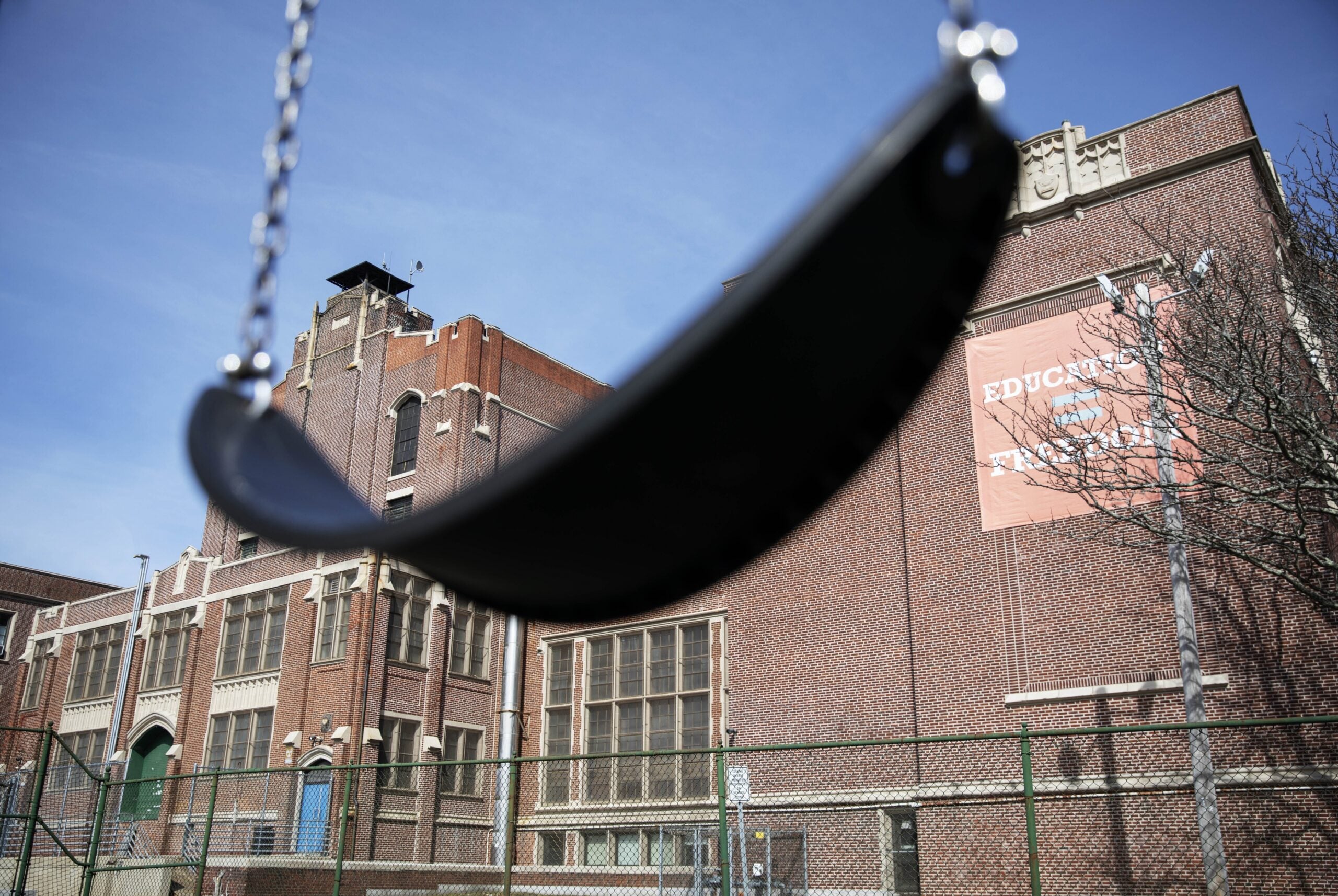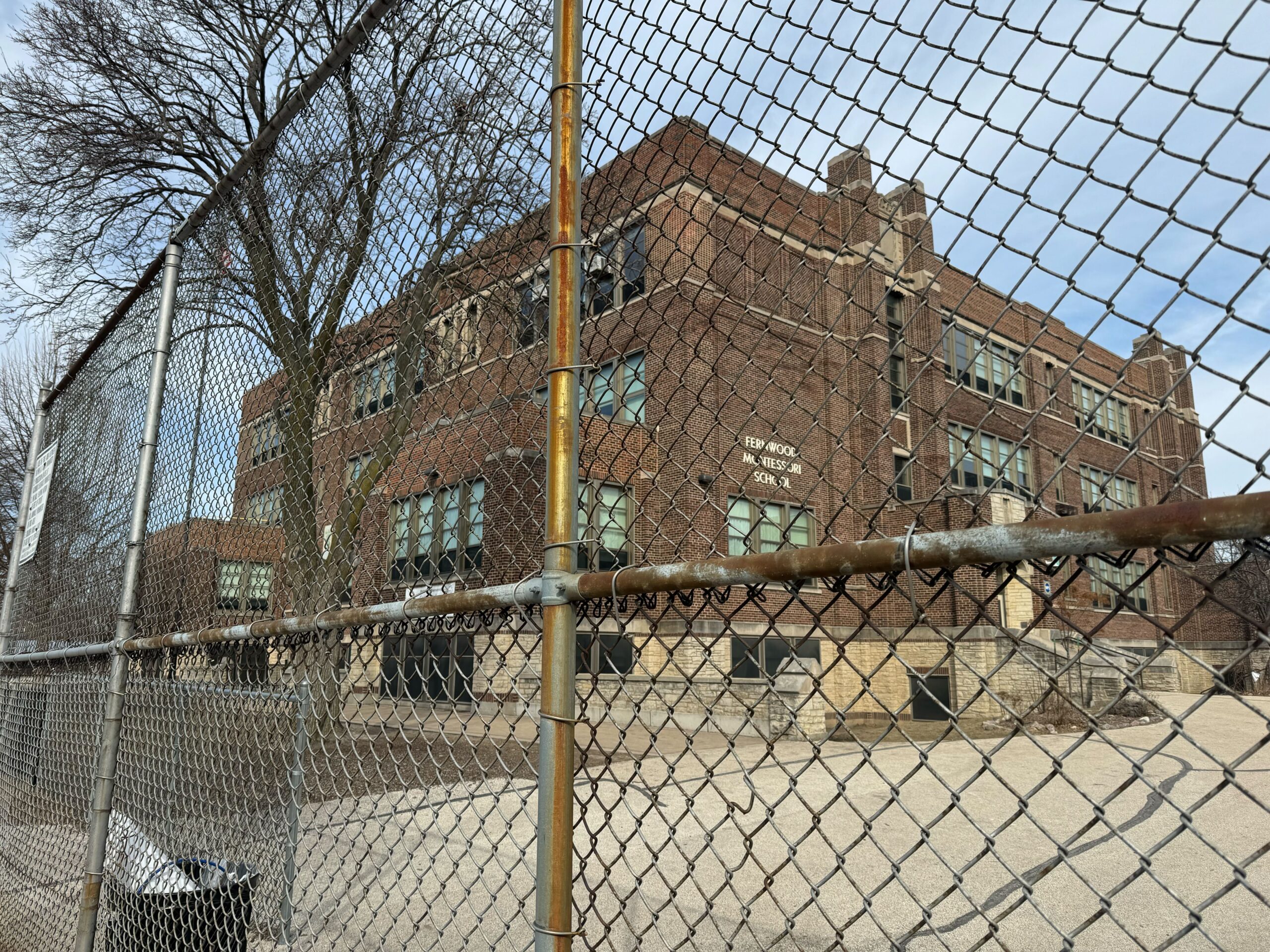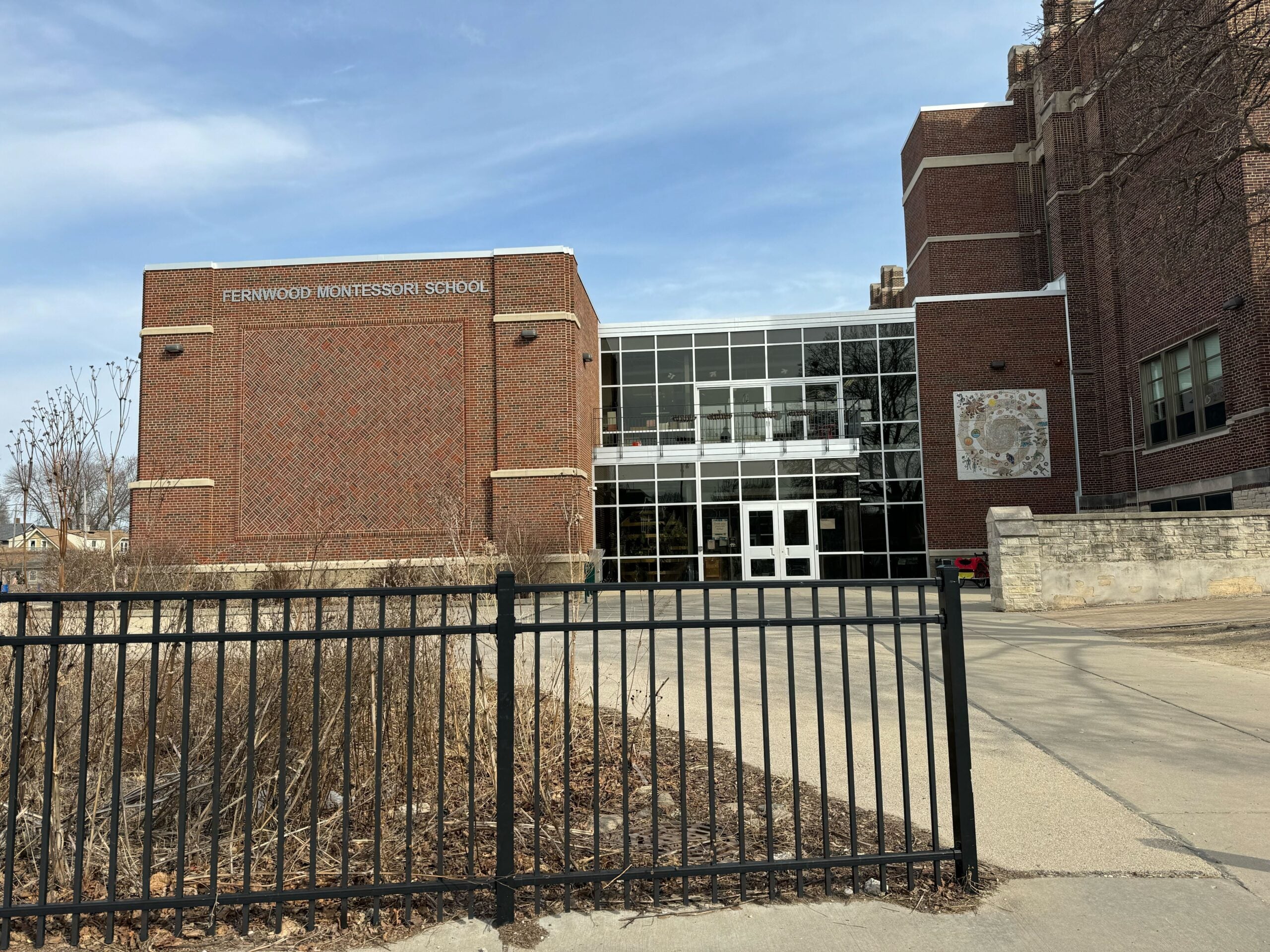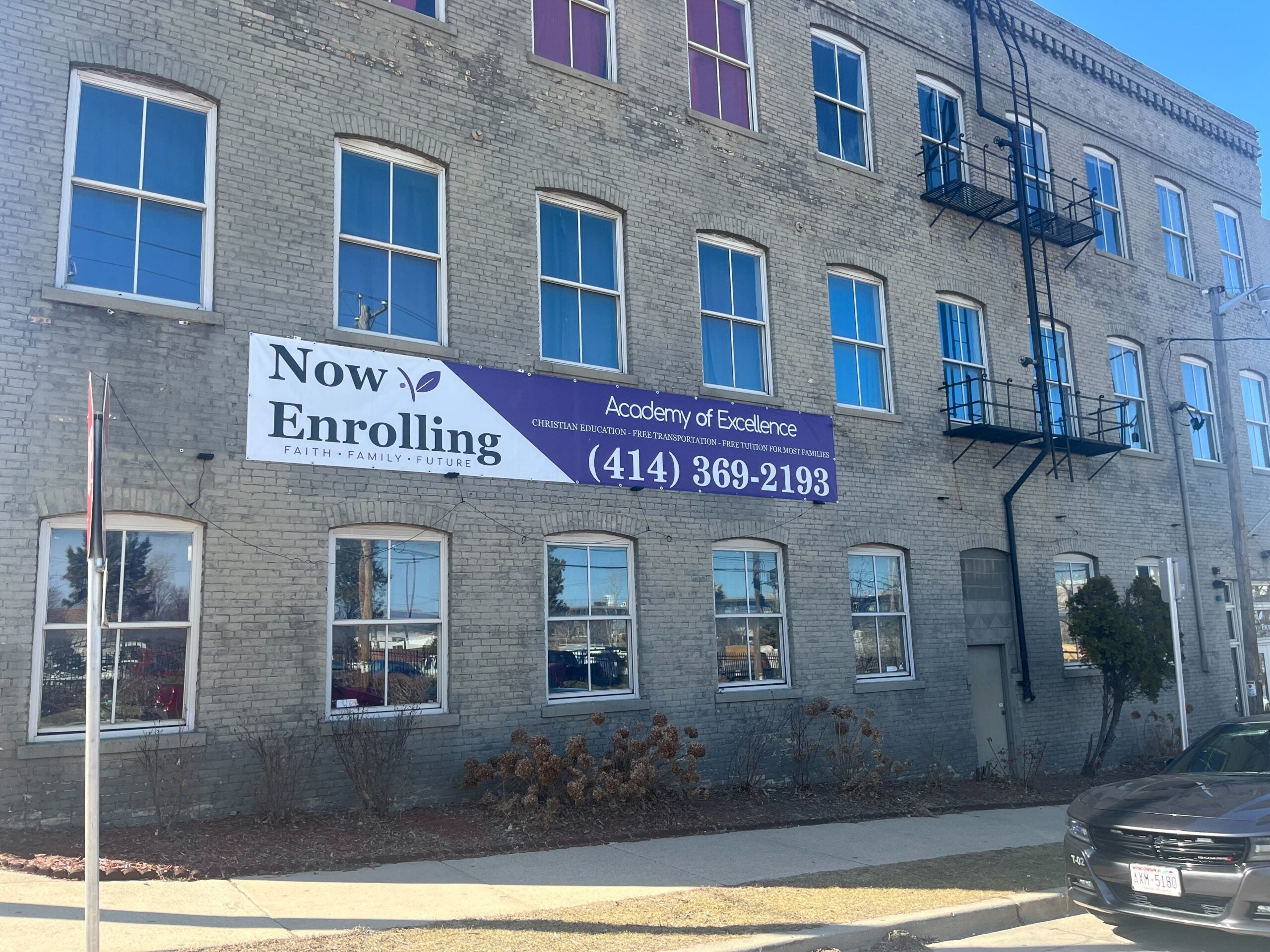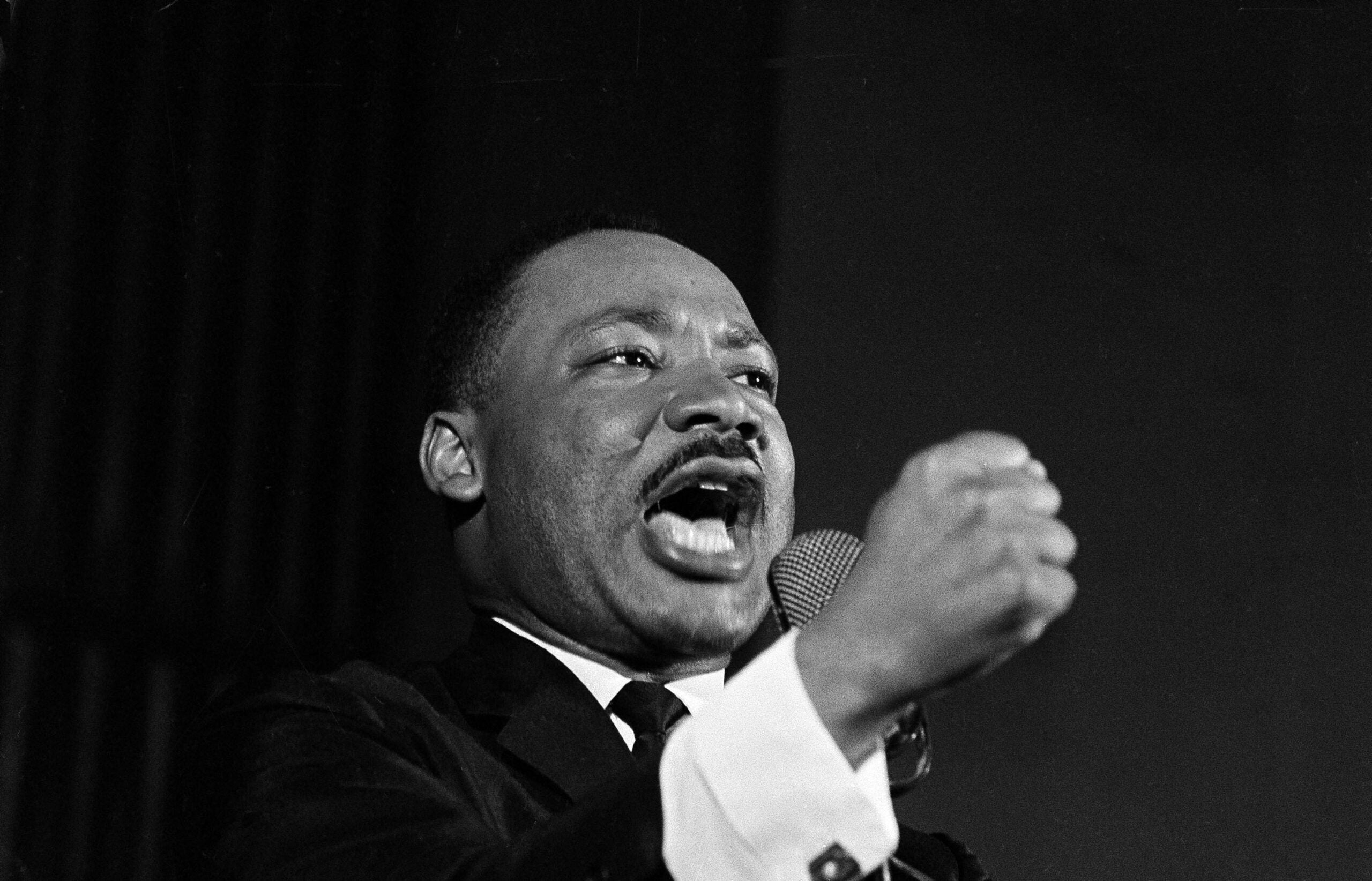Universities are holding classes online. Sporting events and public gatherings are canceled. The question on parents’ minds across Wisconsin: Can local public school closures be far behind?
So far, very few are moving to close. And closures of K-12 schools present some complexities that other cancellations and changes aimed at slowing the spread of COVID-19 don’t.
Some students, especially in rural areas, might not have reliable internet access at home, making it impossible for them to participate in virtual lessons, said Kim Kaukl, executive director of the Wisconsin Rural Schools Alliance.
Stay informed on the latest news
Sign up for WPR’s email newsletter.
“The schools have the capacity to deliver (online instruction),” Kaukl said. “The problem is, in a lot of our rural districts, receiving it when kids are at home is not going to be feasible because of lack of service.”
Even in areas where most people have access to high-speed internet, not all K-12 students can participate in virtual learning. Younger elementary-school students don’t have the reading skills or attention spans for it, and some special education students require additional tools and assistance.
Another concern for administrators is the role schools play in the social safety net, providing food to needy students. Kaukl said districts could look to their summer meal programs as a possible model for helping serve this function in the event of closures.
School closures are a local decision, and state and federal officials haven’t recommended them. The state Constitution gives the governor the authority during in an emergency to “issue such orders as he or she deems necessary for the security of persons and property,” and governors in Ohio and Washington state have used similar powers to order schools closed there. At a Thursday press conference declaring a public health emergency in Wisconsin, Gov. Tony Evers made a distinction between large gatherings of children and normal classroom activities.
“We had planned a full assembly with 400 kids,” Evers said of a public event he attended earlier in the day. “I met with groups of 30 kids instead. Schools work in different ways, but obviously going forward they’re going to work in a way that minimizes large groups of kids being together.”
Kaukl said this year’s mild winter could be an advantage for schools that need to close for short periods of time. That’s because most districts haven’t used planned snow days, meaning they have a cushion that allows for cancellations while still allowing them to meet legal requirements for the number of hours of instruction they provide.
But most districts don’t plan for more than a few snow days.
Many districts are postponing or canceling travel plans. Green Bay, Milton and Superior were among those that announced they would not send students or staff to planned conferences, competitions and field trips outside of Wisconsin.
The Verona Area School District said it would send iPads home with all students from kindergarten through fifth grade for digital instruction as a way of preparing for the possibility of closures.
In Ohio, Gov. Mike DeWine on Thursday announced that all schools in that state would be closed for three weeks as a measure to slow the virus’s spread. Ohio had five confirmed cases of the virus as of Thursday; Wisconsin had eight.
The Northwoods School District of Crandon announced that school would be closed Friday as the district cleans and disinfects the building. The Osceola School District in western Wisconsin also closed this week for cleaning and disinfecting after someone who had the virus attended an event there over the weekend.
Wisconsin Public Radio, © Copyright 2025, Board of Regents of the University of Wisconsin System and Wisconsin Educational Communications Board.
